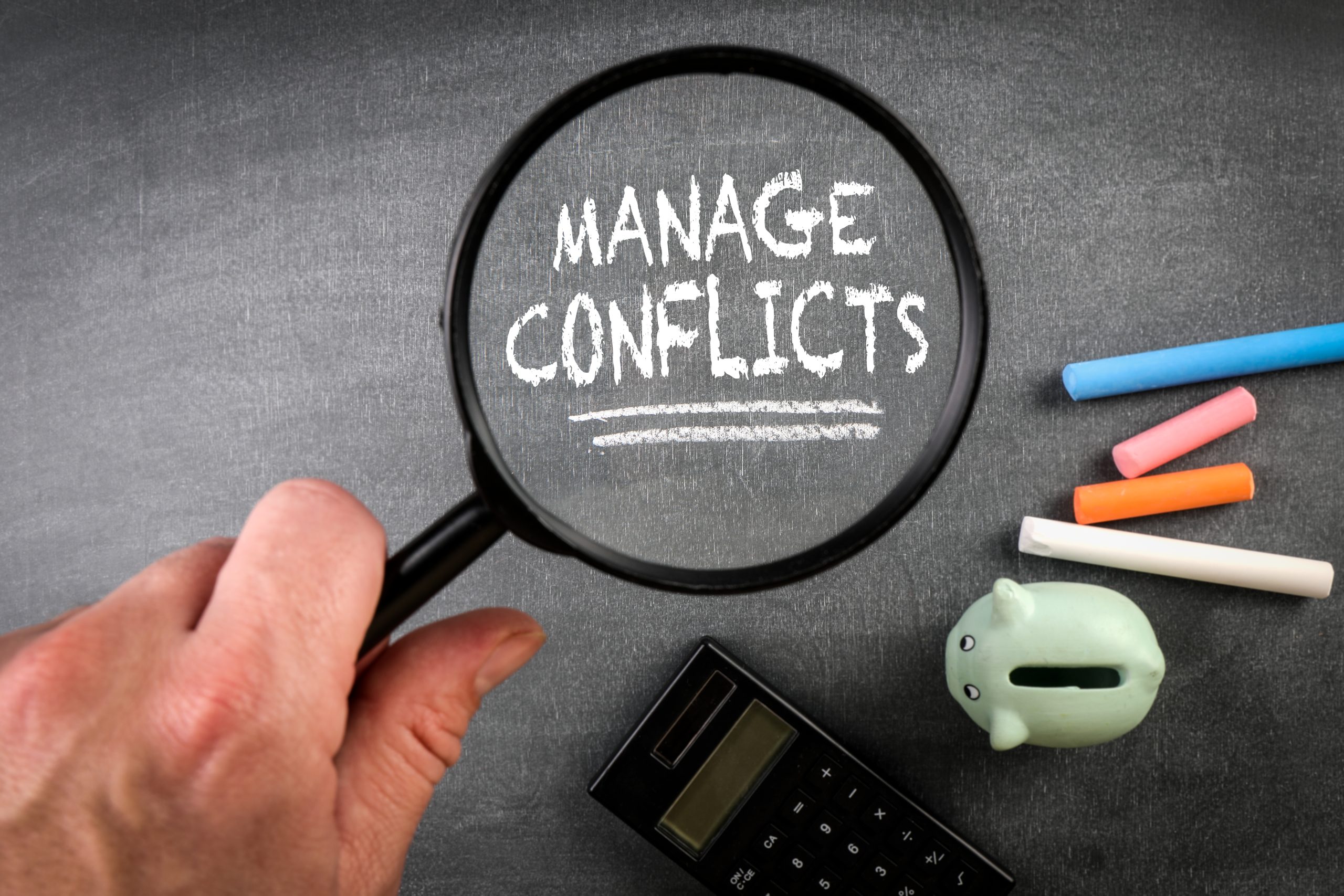“Opposites” Skills for Influencing Conflict
© 2024 by Megan Hunter, MBA
Navigating conflicts, especially high-conflict situations, is undoubtedly emotionally draining and mentally exhausting. In fact, the three words voiced most often from those involved in high-conflict are chaos, exhaustion and confusion. Whether it’s a challenging romantic relationship or friendship, a contentious workplace, or a family dispute, high-conflict interactions have a way of consuming your energy and peace of mind. Sometimes we overreact. Sometimes we freeze in fear. Sometimes we engage in ways that don’t work.
However, there’s a transformative approach that can help you extract yourself from the chaos. Managing conflict in high-conflict situations or with a high-conflict person can seem impossible, but everyone has the power to influence conflict by learning to use a few skills that are the “opposite” of what you’re used to doing with everyone and the “opposite” or what you feel like doing. This unique skill set not only empowers you to manage and mitigate high-conflict situations more effectively, it increases your confidence by knowing that you are using the most advanced and refined skills to meet the other person (and their brain) exactly and precisely where they are.
Here are six key ways of becoming a Conflict Influencer™ and why they are essential for anyone dealing with any type of conflict, especially high-conflict scenarios. These are the skills taught in our Conflict Influencer class.
1. The Conflict Spectrum & the Conflict Brain
Understanding where a conflict falls on the spectrum—from low to high intensity—is crucial in effectively managing disputes. As a Conflict Influencer™, you’ll learn to assess the Conflict Spectrum and recognize how our brains respond to different levels of conflict. This knowledge is particularly valuable in high-conflict situations where emotions run high and logical thinking often takes a back seat. By understanding the five high-conflict, fear-based operating systems and your own Conflict Tolerance Quotient (CTQ), you can better navigate conflicts without being overwhelmed by them.
2. BIFFB4Send: Conquering Texts, Emails and Any Messages with BIFF Communication
High-conflict individuals often thrive on emotional reactions and prolonged disputes. The BIFF Communication™ method—Brief, Informative, Friendly, and Firm—teaches you to neutralize these triggers, especially in written communication. By removing emotional hooks and focusing on clear, calm, and concise messaging, you can effectively end hostility and reduce the dread of ongoing conflicts. This skill is indispensable in maintaining professionalism and reducing stress, whether you’re dealing with a difficult colleague, partner, or family member.
3. CalmB4Think: De-escalating Tense Situations and Shifting to Thinking with EAR + Think
In high-conflict situations, conversations can quickly spiral out of control, leading to more damage than resolution. As a Conflict Influencer™, you’ll learn to use EAR Statements™—Empathy, Attention, and Respect—to calm an agitated (or upset, blaming, complaining) person and shift the conversation from emotional reactivity to logical problem-solving. This skill not only de-escalates conflict by building trust and gets you to next steps instead of staying stuck and ending without resolution.
4. ProposalsB4Agreements: Using Proposals & Questions to Reach Agreements
One of the most challenging aspects in high-conflict situations is reaching an agreement without losing your cool, feeling lost or stuck, or feeling you can never make progress. The ProposalsB4Agreement method teaches you how to make and solicit proposals in a way that reduces resistance and fosters cooperation by keeping the focus on thinking instead of reacting. By focusing on questions and decisions rather than demands and ultimatums, you can guide the conflict toward a peaceful resolution or at least without a major battle. This approach is particularly effective in high-stakes situations where emotions are high, and finding common ground seems impossible.
5. AnalyzingB4Deciding: Using Proposals & Questions to Reach Agreements
High-conflict situations often trigger impulsive decisions driven by emotion rather than reason as the high-conflict brain is crisis-driven and commands immediate responses or decisions, leaving most people feeling like they want to fight, explain, or run. As a Conflict Influencer™, you’ll learn how to analyze your options before reacting, helping you to manage your emotions and avoid escalating the conflict. This skill not only prevents you from taking the bait but also boosts your confidence in making decisions that are in your best interest. Over time, this approach helps you break free from the cycle of conflict and regain control over your interactions.
6. Building a Collaborative Mindset
Finally, the ultimate goal of becoming a Conflict Influencer™ is to shift from a “me against you” mentality to a “team against the problem” mindset. By fostering collaboration and focusing on the issue at hand rather than personal attacks, you can create a more positive and solution-oriented environment. This shift in perspective not only resolves conflicts more effectively but also strengthens relationships and promotes long-term peace.
Why You Should Take the Conflict Influencer™ Class
The Conflict Influencer™ class is more than just a course; it’s a journey toward mastering conflict management in all areas of your life. Through a blend of instruction, practical application, and ongoing community support, you’ll gain the tools and confidence to handle any conflict, no matter how intense. Whether you’re dealing with a high-conflict individual or seeking to improve your general conflict resolution skills, this class offers practical, actionable strategies that will transform how you approach disputes. By becoming a Conflict Influencer, you’re not just managing conflict—you’re leading the way to a potential path and finding the missing peace.
Register or get more information here.

Megan Hunter, MBA, The Conflict Influencer™, is CEO and co-founder of the High Conflict Institute. After 20+ years teaching professionals around the world how to handle high-conflict disputes across many industries, governments, courts, and other organizations, she now expands her conflict expertise to the people who are faced with high-conflict situations every day. She has co-authored several books on high-conflict disputes and is the co-host of the podcast, It’s All Your Fault! with HCI co-founder Bill Eddy. She is known as the Conflict Influencer and intends to lead a new generation in becoming conflict influencers.




